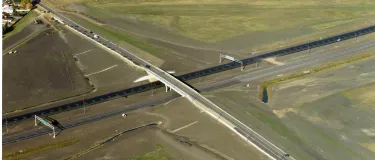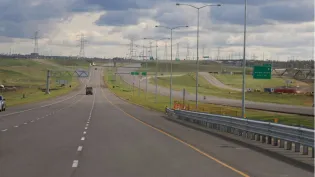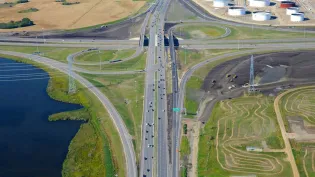Southeast Anthony Henday Drive, Ring Road – Facilitating Long-Term Maintenance of Public Infrastructure
Are you looking for similar expertise for your project?
Lafarge has a 30-year contract with Alberta Transportation to maintain and repair Southeast Anthony Henday Drive, which is a portion of Edmonton's massive ring road. This portion of the massive roadway receives an average daily traffic of 125,000 vehicles and includes:
- 160 lane km of roadway
- 20 bridge structures
- Two bridge culverts
- 32 sign structures
- Two systems interchanges
- Three interchanges
- Four signalized intersections
- 8,000 m of sidewalk
- 1,050 street light fixtures
The performance-based contract includes year-round maintenance, repairs, and emergency management. Lafarge's specialized operations and quality management teams have a deep and thorough understanding of safe highway maintenance in urban areas, making it one of Western Canada's foremost roadway maintenance contractors.
THE CHALLENGE
The maintenance and repair of the Southeast Anthony Henday Drive portion of the Ring Road are similar in nature to other maintenance and repair contracts Lafarge has worked on previously. Hence, the company’s project teams have ample experience tackling challenges that are part and parcel of long-term contracts.
Resource allocation, mobilization, and delivery are critical concerns for long-term maintenance projects. Hence, the project team needed to consider the total wear and tear on different parts of the portion of the road, estimate resource cost and the ordering process, and plan the logistics.
There was also a need to keep the year-on-year costs in mind to maintain a systematic process flow.
Repair and maintenance work are standard for infrastructure, but each project requires a customized plan to address the safety needs of the crew and the public. Alberta is known for its extreme weather conditions, which often have adverse effects on road conditions.
Hence, the team needed a plan that detailed the equipment and materials they would need to respond to emergencies or other incidents.
In addition to Alberta Transportation, Lafarge also needed to review the number of stakeholders involved and highlight the ones the team would regularly coordinate with to create a seamless process. Such stakeholders included emergency service providers, businesses, the municipal traffic signal division, and the local population.
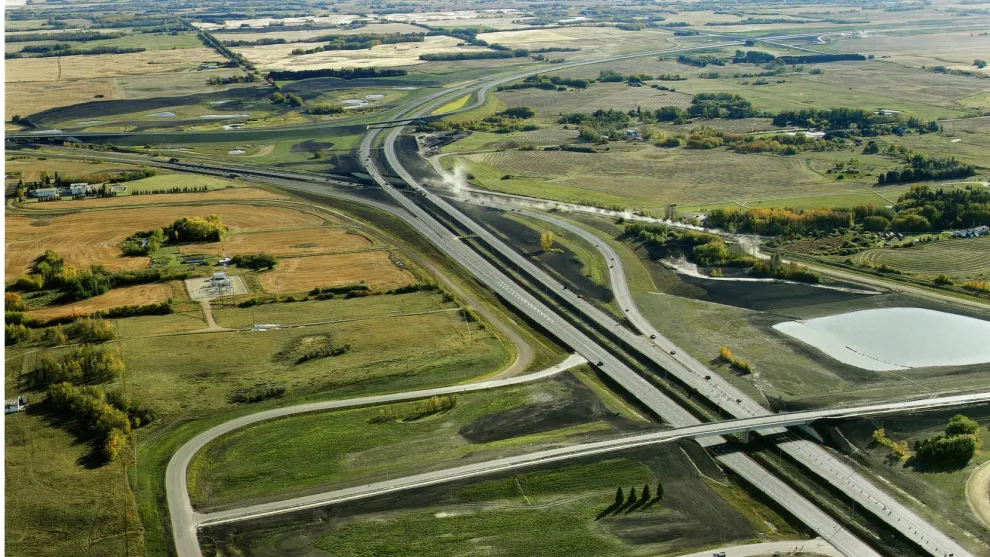
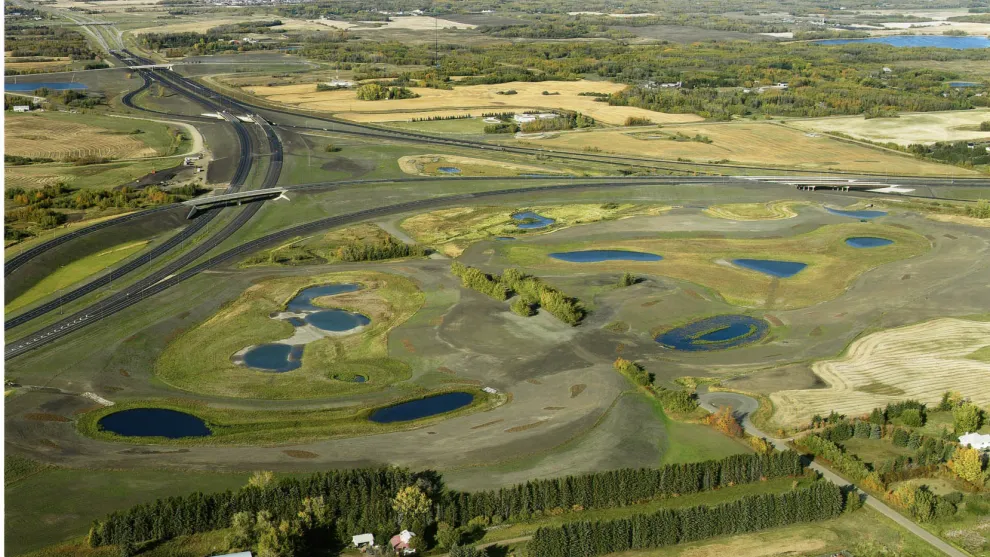
THE SOLUTION
The project team took preemptive measures to familiarize itself with the stakeholders and authorities it would need to work with consistently. The communication process simplified the scheduling process, which has enabled everyone to maximize their respective productivity.
Collaboration between Lafarge and the municipal traffic signal division synchronized traffic timing cycle length to optimize traffic signal timings and improve traffic movements.
Collaboration and negotiations were critical because they also helped outline the support the team could receive. This information was crucial to developing a viable health and safety plan for the project.
Lafarge integrated its seasonal construction fleet for winter maintenance to reduce costs and allow flexibility in equipment requirements.
Additional graders, loaders, and skid-steers have been made available from our asphalt, construction, and ready-mix equipment fleets to meet the increased performance standard of moving to an AAA-class roadway.
Based on its previous experience on similar projects, the Lafarge team knows that no two winter storm events are the same. Responding effectively and efficiently to a storm event requires flexibility.
To address this concern, the team has developed a Maintenance Decision Support System that gives parameters at which different materials become less or more effective. With this tool, Lafarge has learned that the team needs to keep separate stockpiles of high-quality sand, salt, and liquid chemicals.
Using washed manufactured sand that does not freeze allows the team members to apply direct aggregate in severe cold storms where a chemical is inappropriate. They can premix the materials to the ratio best suited for the forecasted storm and make last-minute adjustments as conditions change during a storm event.
THE RESULT
The project is ongoing and has been successful thus far. The project team’s insight-based strategy for stakeholder engagement, resource allocation, and scheduling has ensured the operations remain as seamless as possible and there is minimal traffic disruption.
Additionally, the thorough health and safety plan and arrangements have significantly minimized serious injuries, ensuring the well-being of Lafarge’s staff and the public.





